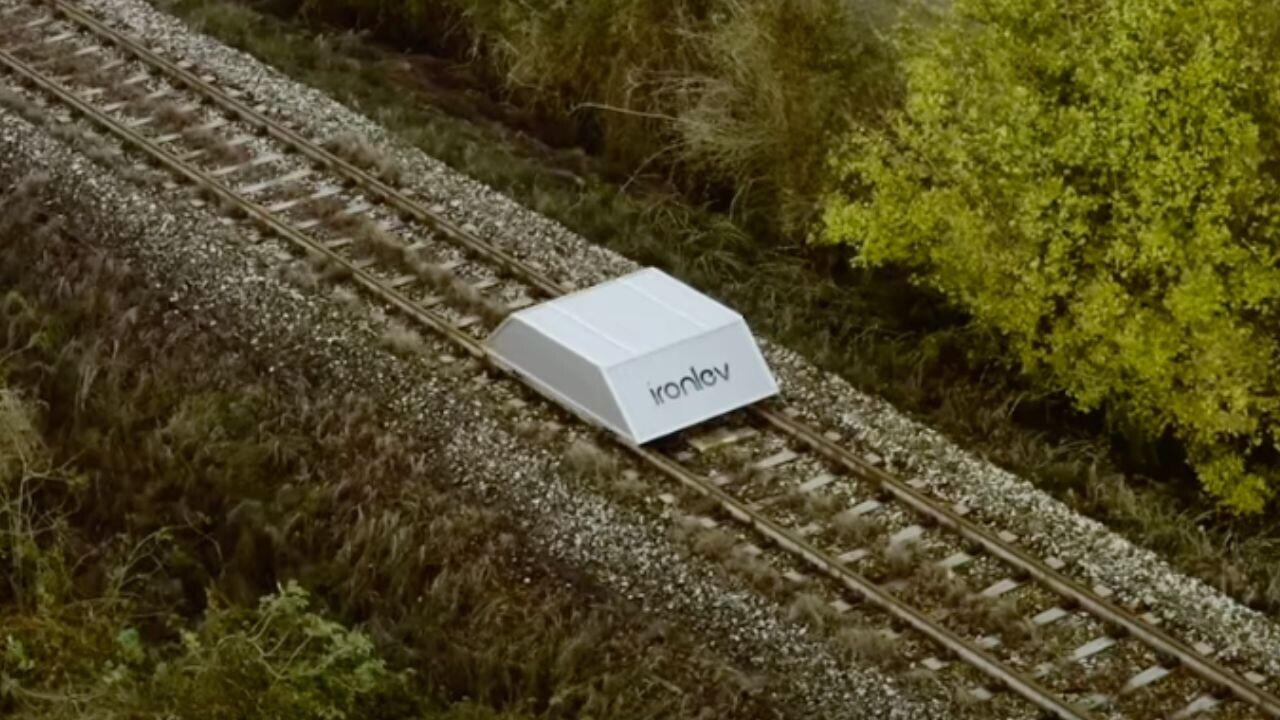
Floating trains have glided closer to Europe after a pioneering trial of magnetic levitation — aka maglev.
Italian firm IronLev, which developed the tech, claims to have completed the first-ever maglev test on an existing train track — and has the footage to prove it. You can scrutinise the evidence for yourself in the video below:
The maglev journey took place on a railway line near Venice. Across the two-kilometre route, the prototype vehicle hit a speed of 70 km/h. According to IronLev, not a single modification had been made to the track.
The trial could pave the way towards magnetic levitation on railway lines that are already in use. This creates “significant advantages” in efficiency, noise, and vibration reduction, IronLev said yesterday.
The system also promises clean, green, and rapid travel. By using electricity to hover on a cushion of air, maglev trains can cut carbon emissions without sacrificing performance.
Their journey to real railway lanes, however, has been slow. After decades of research and development, there are still only six operational maglev trains today: three in China, two in South Korea, and one in Japan.
Germany also briefly ran a maglev service at the end of the Cold War. Running from 1989 to 1991, the route filled a gap in the public transport network caused by the Berlin Wall. After Germany’s reunification, the line was rendered redundant.
In the years since then, several factors have delayed the system’s return to Europe. One of them is the hefty price tag on the tech. The Shanghai maglev, for instance, cost an estimated $60mn (€55mn) per mile of track.
Another longstanding barrier for maglev trains is the inability to run them on existing infrastructure. But IronLev may have finally found a solution to that problem.
Get the TNW newsletter
Get the most important tech news in your inbox each week.





